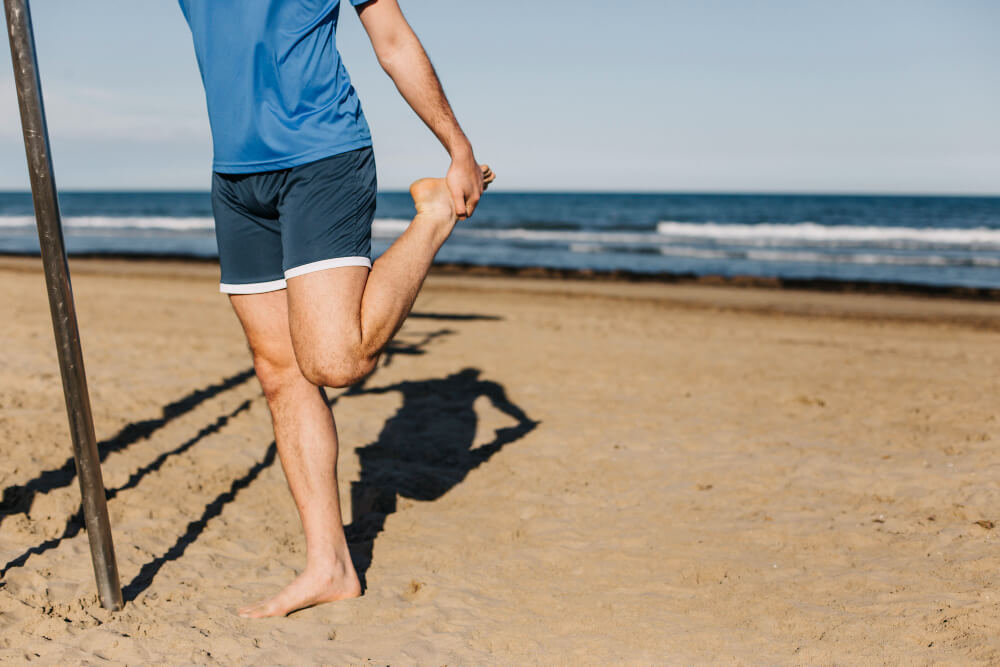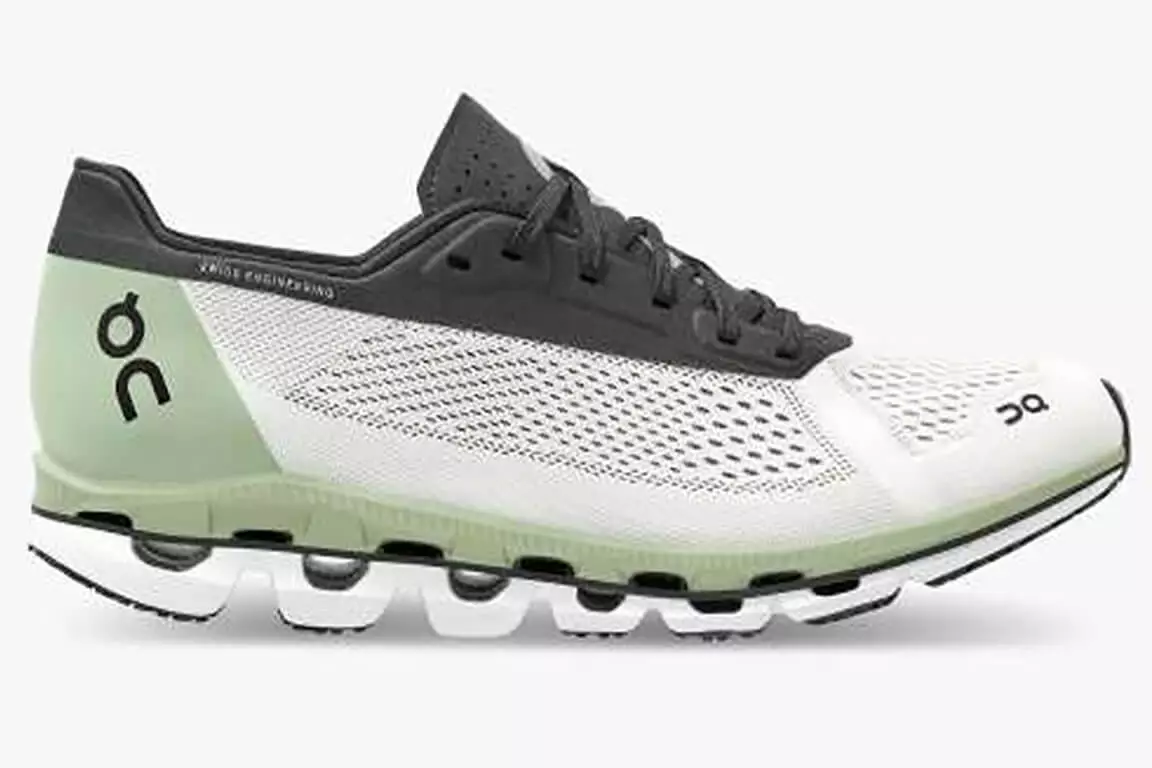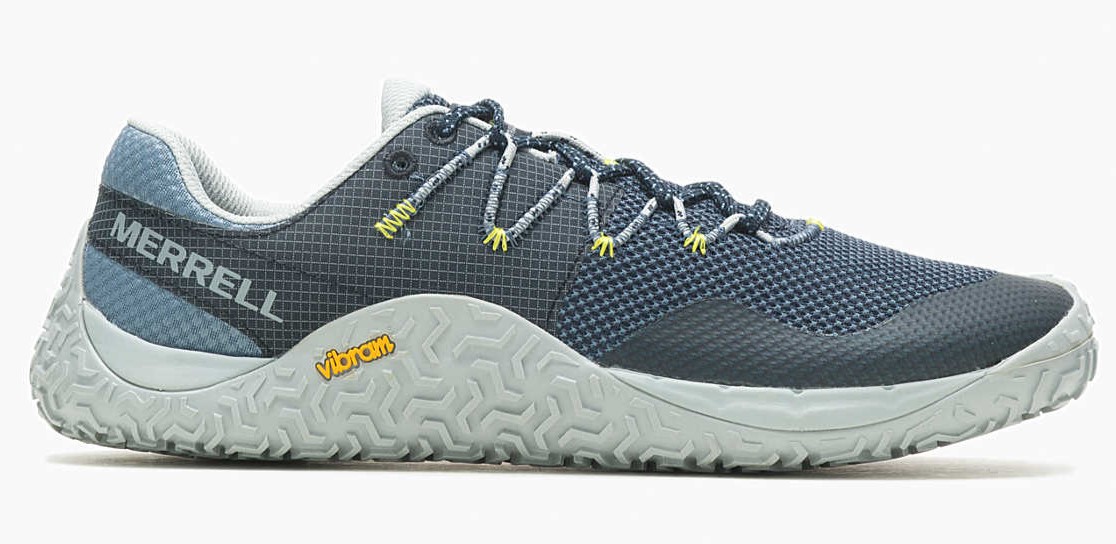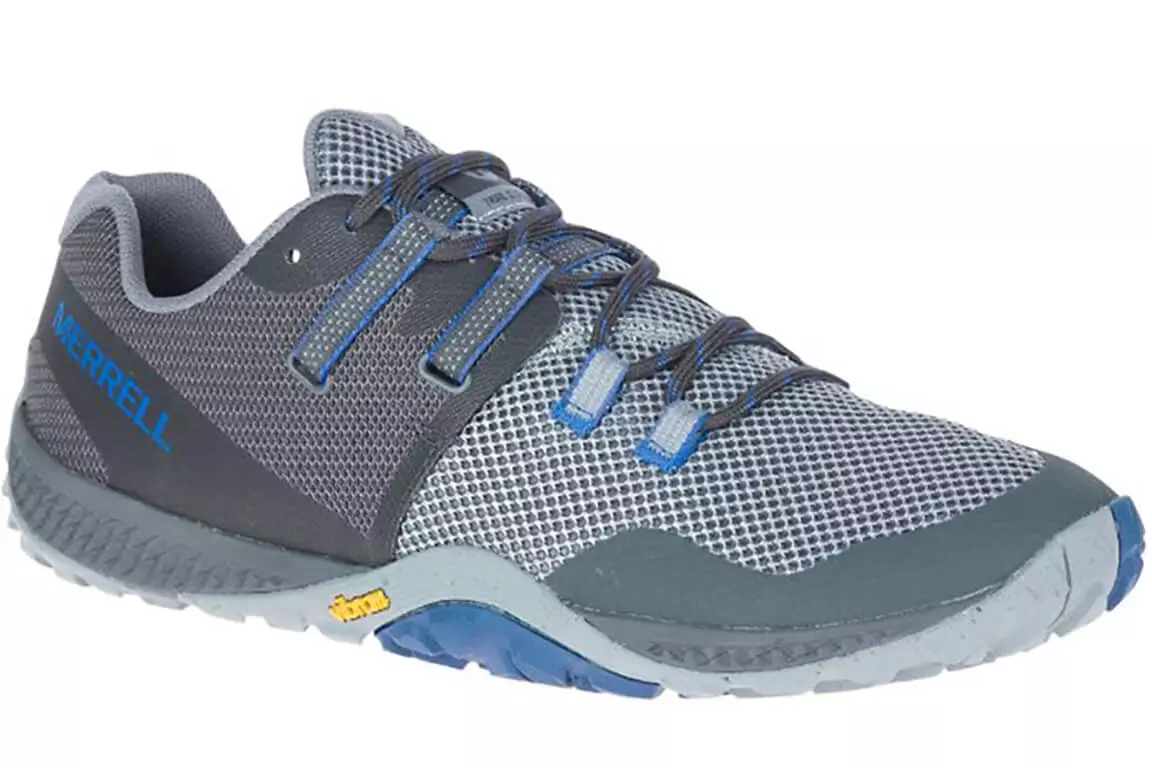There is nothing as liberating and stimulating as running barefoot because it has a way of connecting you with nature while offering an excellent workout experience. The foot sinking and thrusting out of the soft sandy terrain challenges the muscles to enhance balance as muscles in the hips, legs, ankles and feet get activated to enhance stability and coordination.
Unfortunately, running on the beach has various challenges, like discomfort and injury, especially when little preparation is involved. You are likely to experience such challenges when you do the wrong things before and during the run. Hence, let me guide you through how to run at the beach barefoot effectively and safely.
Safety First
Come on, not all beaches are equal. Some are safe, and others are not. The danger you experience as a runner is running on sharp objects like shells, glass, metal and corals, increasing risks of injuries. There is also the risk of hot sand burning the feet or causing blisters and contaminated water causing infections. You also risk running on stingrays, crabs, or jellyfish. Besides, running on uneven surfaces can cause strains or sprains.
Therefore, some tips to enhance safety are:
Choose a clean and well-maintained beach free from pollution and debris.
Also, check the tide and weather before embarking on your runs. Most importantly, avoid running in stormy weather and during high tide.
You also have the option of wearing protective barefoot running shoes. They provide protection while assuring barefoot running experience.
Characteristics of Good and Safe Beach for Barefoot Running
A safe beach for running barefoot has soft, fine sand and not course rocky terrain. The soft, fine sand is gentler on the fee and offers a better running surface.
A flat and open beach without obstacles is recommended for beginners. The flat surface reduces tripping and injury risks.
Warm-Up and Stretch
Don't go to the beach barefoot running before warming up and stretching your muscles. Five to ten minutes of warm up will increase blood flow and muscle flexibility, and prepare your body for the workout ahead. Let me give you a simple warm-up routine to follow:
Start with dynamic stretches like hip rotations, leg swings and arm circles. The stretches assist in enhancing mobility and reducing injury risks.
You should also strengthen the feet and lower legs by incorporating exercises. Try exercises like:
- Toe raises: Stand barefoot and raise your heels with the toes on the ground to strengthen the calf muscles and Achilles tendons.
- The Calf stretches: Entails gently stretch the calf muscles and Achilles tendons before and after your run.
After that, spend a few minutes massaging calves and feet to loosen the muscles. After stretching, start with walking slowly and then a brisk walk followed by a little jogging and then a slow run on the beach.
Start Slow and Pay Attention to Form
Running barefoot is not like running on a solid surface. It takes more effort due to the difference in stability and traction. On a solid face, your foot pushes off easily and efficiently, while on the sand, the foot sinks and slides, challenging your stability and balance making you work harder to move forward. This can increase the risk of injuries. Therefore, you'd better start slowly while paying attention to your posture to ensure a safe and effective barefoot run on the beach.
Start slow and take short strides, giving the feet time to adjust to this terrain.
Please have a good body posture by keeping it upright and landing lightly on the balls of your feet, then allowing the feet to roll naturally with every step.
Stay Hydrated
Because running on the beach is physically demanding as the sand exerts more resistance, it is proper to stay hydrated to maintain energy levels. Drink enough water before and after runs.
Listen to Your Body
The experience of running on the beach is relative. It may not work for you. Therefore, pay attention to signs of fatigue, discomfort or pain. It is time to rest or stop when you start feeling discomfort or pain in the feet. Don't push through the discomfort.
Rest and Recovery
Consider adequate running time between the runs. Suppose it is a routine; have rest days and alternate between running on a regular surface and beach running to curtail overuse injuries.
Seek Professional Advice When Having Discomfort
When experiencing discomfort or pain, seeking professional advice from a podiatrist or sports medicine specialist is advisable. These health professionals can offer guidance and recommend exercise or treatments.
Footwear Options
Consider minimalist running shoes like Vivobarefoot Primus Lite if you are concerned with hot sand or sharp objects or need additional support. They offer substantial protection while maintaining a barefoot running experience. Still, remember that the intention of barefoot running on the beach is connecting with nature. Using footwear will diminish such an epic experience.
Conclusion
Beach running is an exciting and unique way of connecting with nature while working out. These guidelines guarantee a safe and efficient beach running experience. Remember to select the right beach and start slowly to adapt yourself to beach running. Do everything right to enjoy the soft, fine sand beneath your feet as you listen to the waves. This is the feeling of freedom that comes with barefoot beach running.

By Kyle Allen




